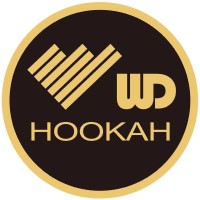The minutes of board meetings are a crucial document of vital information and governance processes. They can serve as a basis for post-decision reviews and to hold boards accountable. They also can prevent the board from taking future decisions that could be problematic for the stakeholder of the company.
Minutes are often written by a presiding board member or a member of the organization’s staff. It could be a scribe who has previous experience writing minutes for boards or a professional secretary who knows what should and shouldn’t be written in minutes. It’s crucial that the person who writes the draft minutes is aware of the requirements. This will help them to produce notes that are unique and give the board meetings credibility.
The first thing that is required is a record of the date, time and location of the meeting as this is essential to the accuracy of the minutes. A list is required of the chairman, directors and non-voting attendees. You should also note if any of the attendees attended via phone or via the internet.
The part of the minutes that is not used for business should be divided into two parts that are substantive and administrative. Administrative business includes things like agenda approvals, a recap of previous minutes or http://www.aboutboardroom.com/what-is-meeting-management-software/ the use of consent agendas (which reduces debate by acknowledging repeated items with one motion). Substantive business tends to be more content-driven including updates from the committees, briefings on risk management, and the decision regarding new services.
